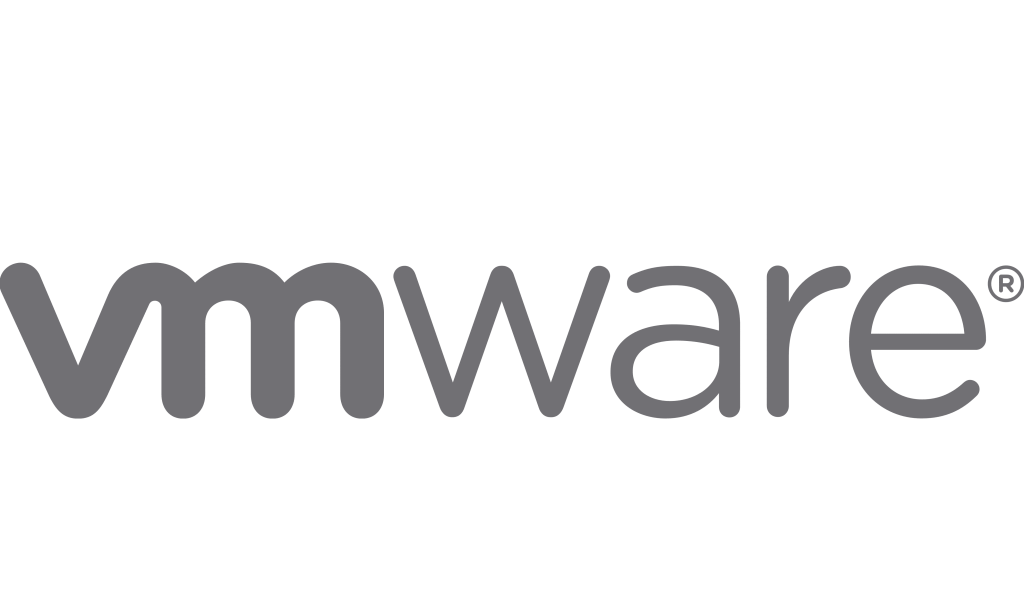Based in Palo Alto, California, VMware is a software provider for virtualization and cloud computing.
VMware is a Dell Technologies subsidiary and was established in 1998. VMware was first purchased by EMC Corporation in 2004. Dell Technologies later purchased EMC in 2016. VMware’s virtualization solutions are built on the bare-metal x86 hypervisor ESX/ESXi.
In order to run several virtual machines (VMs) on the same physical server using VMware server virtualization, a hypervisor is installed on the server. Multiple operating systems (OSes) can run on a single physical server since each VM can run its own operating system. On the same physical server, all of the virtual machines share resources like networking and RAM. In order to run containerized workloads similarly in a Kubernetes cluster, VMware provided support to their hypervisor in 2019.
The infrastructure team can manage these workloads similarly to how virtual machines are managed, and the DevOps teams can deploy containers similarly to how they have in the past.
Products from VMware include software for storage, software-defined data centres, networking, and security management.
There are Primarily 7 main benefits of VMware.
Provides Infrastructure For Virtual Desktops: One advantage of utilising this is that we can access the desktop from any location. With VMware Horizon, we can manage and run the Windows desktop from the VMware cloud or AWS without needing a full desktop configuration in the office. This eliminates a number of things for us, such as the need to create and administer a whole desktop at work. It also makes monitoring and controlling user security less necessary, and it centralises management.
This works well with two more VMware products, Dynamic Environment Manager and App Volumes, which assist us in managing the Windows desktop and delivering applications.
Provide personal desktop: This is the first product created by the VMware company, which enables us to run or manage the virtual machine directly on a single Linux, Windows, or even laptop. By the use of this, we can have a virtual machine inside the physical machine and they can run without causing any issue, in short, they can run parallel or simultaneously with the machine. If we talk about virtual machines then they have their own operating systems such as Linux or Windows. With the use of this, we can even run Windows on the Linux machine and vice versa, without being worried about the installed operating system on the machine. The product name VM Workstation enables us to run the virtual machine in the machine, for Mac computers we have VM Fusion.
Offer storage and accessibility: Another product from VMs called vSAN helps us with storage and availability. It gives us software-based storage, but it is coupled with another VMs product called vSphere. It pools out the disc storage from several ESXi for us and gives it to us via smart policy.
It is also integrated with vSphere availability, which enables us to provide more accessible compute and storage.
Provide disaster recovery management: VMware benefits also include disaster recovery, for this, it provides us the Site Recovery Manager, which helps us to create the recovery plan, and this plan will be executed automatically in the case of failure. This system further integrated with the NSX to maintain and preserve the security and network on the migrated VMs.
Provide the cloud infrastructure: The VMware product vSphere, which is used for infrastructure, offers the following features:
vMotion
vSphere Client
ESXi
vCenter Server
SDDC platform: SDDC manager aids in the fusion of diverse applications such as VMware NSX, vSphere, vSAN, and others into a unified platform.
As a result, we have VMware Cloud Foundation, a programme that makes it possible to package the aforementioned software using the SDDC platform. We can now deploy this bundle on a private cloud or choose to run it in a public cloud as a service.
The administrator is able to complete all of these operations and has access to the programme without the requirement for storage or a network.
Security and Network: With the aid of this product, known as VMware NSX, it is possible for us to simply virtualize network components, deploy them, develop them, and perform configuration tasks using software rather than hardware. Examples of these tasks include configuring a virtual network and switching, among others.
